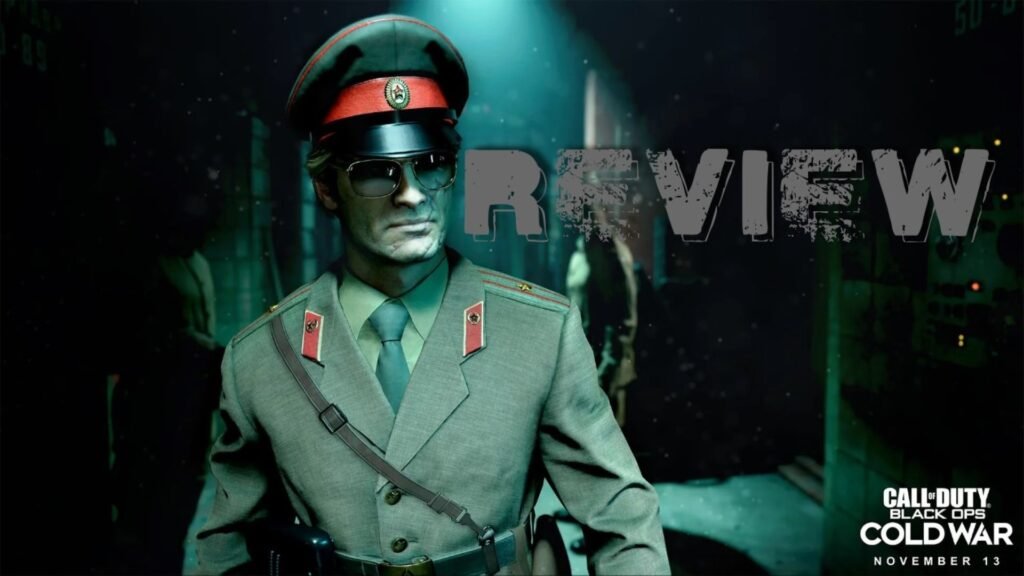
For a series known for its relentless action, it’s surprising how much time you spend with your weapons holstered in Call of Duty: Black Ops Cold War’s single-player campaign—more than in any other game in the franchise’s 17-year history. Whether you’re walking around your safehouse getting to know your covert ops crew or sneaking through KGB headquarters as a Russian double agent, the quieter moments are put to good use.
Of course, there are plenty of explosive scenes, including high-speed shootouts, rooftop chases, and assassination missions—typical fare for the series. However, this installment reaches its peak in intensity without firing a shot.
Black Ops Cold War effectively captures its 1980s setting, complete with retro fashion, CRT TVs, and indoor smoking. The authenticity is impressive. Moreover, I appreciated how your choices in filling out your character’s psych profile impact gameplay. While your codename is always Bell, you can select your background and personality traits, which translate into multiplayer-style perks like faster reloading speeds or increased bullet damage.
Familiar faces from the original Black Ops, such as Woods and Mason, return, though their roles are somewhat limited to being your sidekicks. Nevertheless, stepping back into Mason’s boots was a nostalgic touch. The story features new characters, particularly Russell Adler, a CIA veteran who recruits you to stop the shadowy villain Perseus, known for toppling governments.
You really get to know your team during the safehouse sequences between missions, where you can review evidence, solve secret codes, and engage in dialogue tree conversations with your fellow spies. I enjoyed this aspect of the campaign, even if these conversations didn’t significantly impact the endgame like other choices do.
Combat remains the standard Call of Duty stop-and-pop experience, though the AI could use improvement. There’s only one special enemy type—a bullet-sponge armored goon. Gadgets are surprisingly minimal, with just a brief RC bomb car sequence in the first mission. The weapons, while familiar, are still satisfying to use.
That said, Cold War carves out new territory in the Black Ops universe with some fresh mechanics. Collectibles are relevant to gameplay, serving as in-universe evidence to unlock additional missions, which encourages you to seek out hidden items or replay missions. Classic spy techniques like photography and lockpicking are also incorporated, and you’ll need to examine evidence to solve puzzles before taking on certain missions, adding a touch of adventure-game mechanics to this traditionally action-oriented series.
Notably, there are moments in this campaign that could have major implications for the franchise going forward. Without giving spoilers, I’m curious how these developments will unfold in future Call of Duty games. However, while Black Ops Cold War attempts to be as twisty as the original Black Ops, it doesn’t quite reach that level of intrigue. I do appreciate the inclusion of multiple endings; one particularly dark ending surprised me and piqued my interest in exploring other choices.
The campaign’s best mission involves minimal gunplay and centers around an undercover infiltration of an enemy-controlled government building. While you can stealthily eliminate KGB guards or sneak past them entirely, the fun lies in deciding how to approach your objectives without resorting to violence.
Overall, while Call of Duty gameplay still revolves around shooting galleries, Black Ops Cold War successfully integrates quieter moments into the overall experience, making them a defining feature rather than just a break from the action. Its story may not leave a lasting mark like Black Ops 1, but the emphasis on gathering and analyzing evidence, along with the multiple endings, provides a compelling reason to revisit the campaign beyond its typical six-hour runtime.